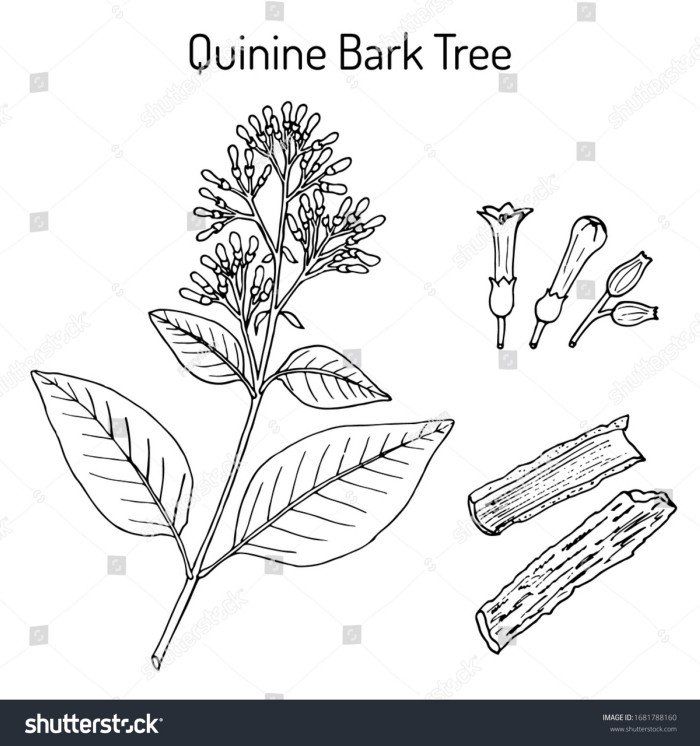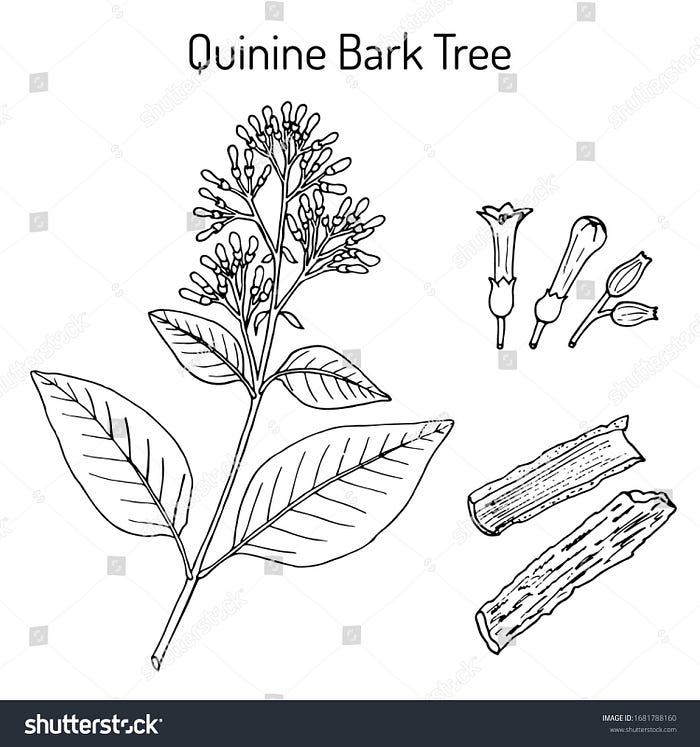We don’t respect our own Ayurved and expect world to take us seriously
In order to make others listen to us, we first have to accept and embrace what is ours. Only then we can ask others to respect our values.

In order to make others listen to us, we first have to accept and embrace what is ours. Only then we can ask others to respect our values.

Pierre Joseph Pelletier, in 1820, extracted, isolated and gave its name to Quinine. Quinine was then established as the main and most widely used alkaloid for treating malaria.
Centuries before this drug was isolated, the bark of Cinchona tree was used to treat malaria. American Indians were said to be the first to use it as a remedy for malaria. (Ref1) (Ref2) (Ref3)

Humans have used plants and its products for medicinal use for many years, Indians established a healing and treatment system out of it and called it Ayurved. And on uncountable instances, Ayurved had been validated and established by scientific researches and studies. To quote from a 2012 Guest Editorial called Ayurved And Pharmacogenomics published by Diana I Lurie, who is a neuro-scientist trained in Ayurved, and Professor, Department of Biomedical & Pharmaceutical Sciences The University of Montana-
western medicine is also beginning to acknowledge that a person’s phenotype is indeed related not only to disease risk, but also to treatment response. In Ayurved, personalized medicine has been practiced for thousands of years. The central concept of health and disease revolves around the uniqueness of the individual and uses the three-fold classification system of tridosha theory. This individual constitution (or Prakriti) is based on differences in physiological and psychological characteristics and is not dependent on race or ethnicity….
… Prakriti can be equated with our own individual genome, and this idea of unique individuality makes Ayurved one of the earliest documented medical traditions that incorporated the concept of personalized and preventive medicine.
Ayurved, the traditional Indian medicine (TIM) and traditional Chinese medicine (TCM) remain the most ancient yet living traditions. While China has been able to successfully promote its TCM, India lacks behind due to lack of trust from her own people and government.
Growing popularity of TCM can be evidenced by the rapid increase in number of licensed Chinese medicine providers in the United States. The Chinese government has pledged to create several export-oriented TCM giants in the coming years (Ref)
There has been increased global interest in traditional medicine. Efforts to monitor and regulate herbal drugs and traditional medicine are underway. China has been successful in promoting its therapies with more research and science-based approach, while Ayurved still needs more extensive scientific research and evidence base.
[eCAM 2005;2(4)465–473 doi:10.1093/ecam/neh140]
Despite having been established by scientific researches, double-blinded clinical trials, Ayurved had been a subject of ridicule in its native land.
Moreover, the younger population might want to brush Ayurved away as an unscientific quackery and fools’ medicine, the fact is we are surrounded by Ayurvedic tricks and treats.
The masala chai (Seasoned tea) has cardamom, cinnamon and a dozen other ‘spices’ which are unknowingly all part of prophylaxis to many diseases and immunity boosters.
The spices and herbs used in cooking are all part of the same system unknowingly. The combination of honey and pepper is used by millions for sore throat and cough.
Amla is a rich source of Vitamin C and is regularly eaten in many households of India as a preventive measure for Cold. An analysis of 29 studies including 11,306 participants concluded that regular vitamin C supplements had several benefits, including:
A supplemental dose of 1–2 grams was enough to shorten the duration of a cold by 18% in children, on average. (Ref)
Amla, ashwagandha (Withania somnifer), mulethi (Liquorice root), giloy (heart-leaved moonseed) are all part of that age old system of medicine which we knowingly or unknowingly have been using, sometimes by name of dadi ke nuskhe (grandma’s remedies).
India has many gems, Ayurved is one of them, Yog is another. We never adopted and embraced Yog as India’s pride, but west did. They learned Yog from India and sold it as their product. Scales fell from our eyes only when it was too late.
Same happened with India’s Basmati. We never cared to take it as our pride and globalize it, which resulted in West patenting it and a long battle to regain our Basmati back. Same would have been the fate of Neem and Haldi (Curucuma longa) if steps were not taken in time.
Its 2020, and we have to learn to embrace what is ours, or someone else will do and we will have to either mourn for the loss or fight to get it back.
DISCLAIMER: The author is solely responsible for the views expressed in this article. The author carries the responsibility for citing and/or licensing of images utilized within the text.
